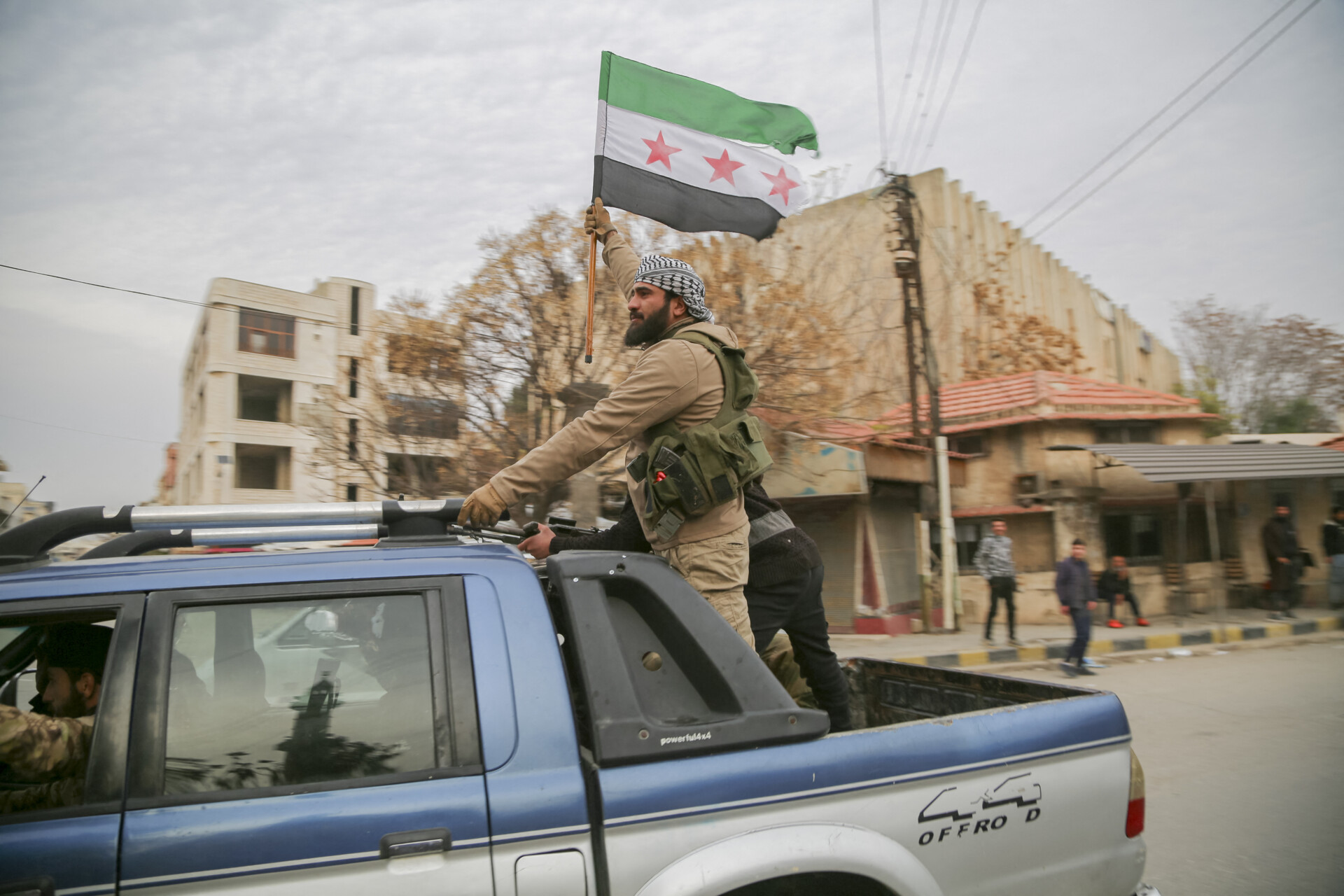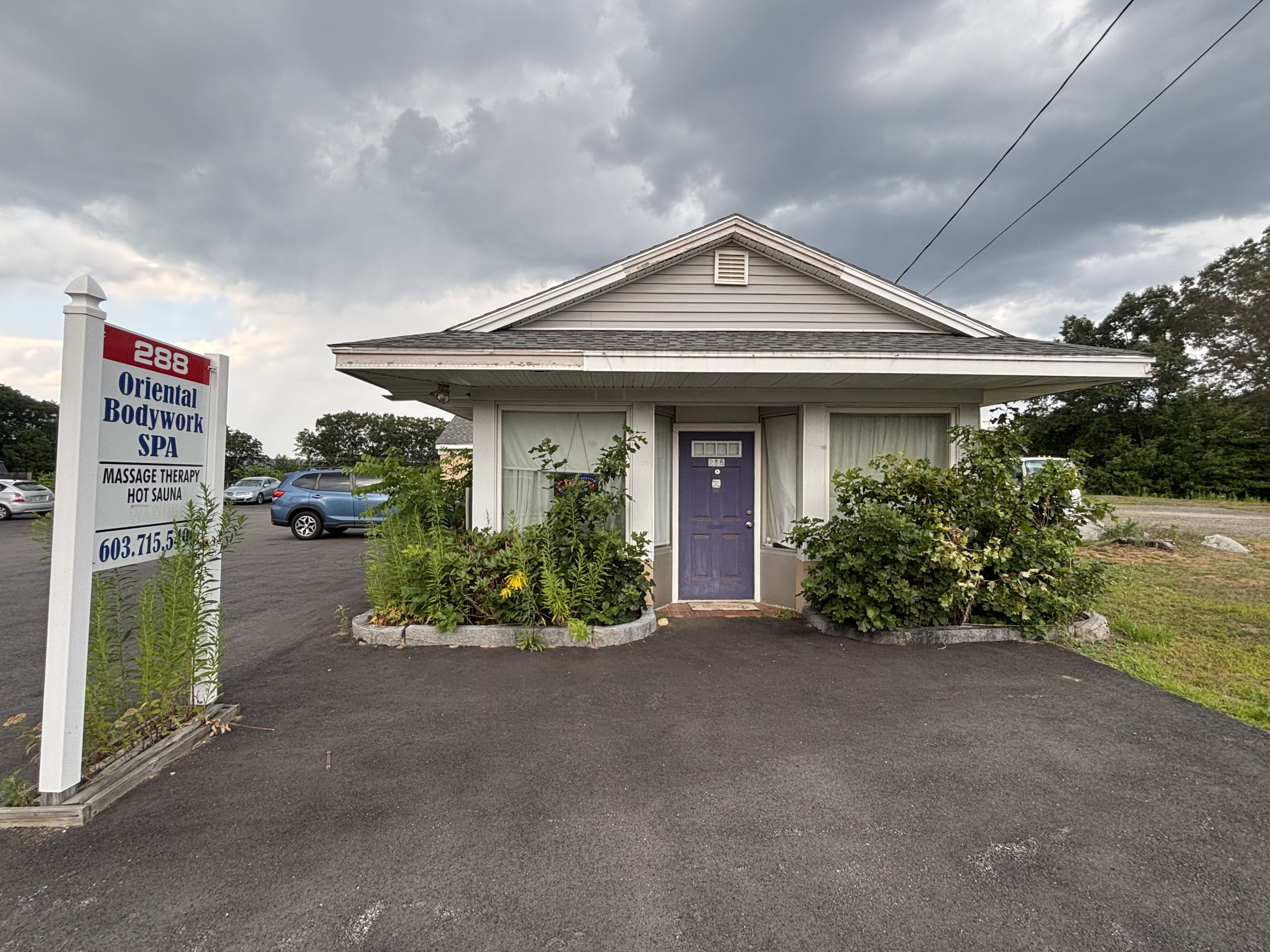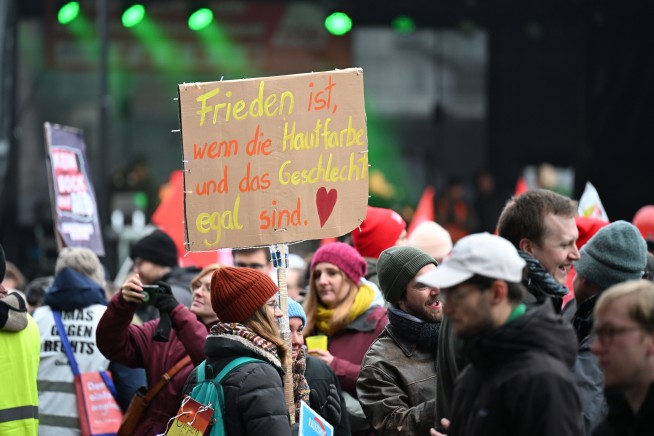Amid the turbulence that followed Bashar al-Assad’s ouster, Salamiyah has emerged as a rare island of stability in Syria. With a population representing Ismailis, Sunnis, and Alawites, the city stands as a testament to coexistence, offering a glimpse of how hope might endure beyond conflict.
In Syria’s Fractured Landscape, Salamiyah Stands Apart

Key Takeaways:
- The ouster of Bashar al-Assad ignited intense sectarian strife in many parts of Syria.
- Salamiyah’s 100,000 residents include Ismailis, Sunnis, and Alawites living together peacefully.
- The city’s refusal to succumb to violence contrasts sharply with surrounding regions.
- Salamiyah’s pluralistic ethos could serve as a powerful model for reconciliation.
Introduction
In the aftermath of Bashar al-Assad’s ouster, Syria has witnessed a surge in sectarian violence. Across much of the country, communities have become entangled in tensions stoked by political upheaval. Yet in Salamiyah, a city of 100,000 on the edge of the Syrian desert, a different narrative has emerged—one defined by unity rather than discord.
Historical and Demographic Context
Salamiyah has long been recognized for its demographic mix, serving as home to Ismailis, Sunnis, and Alawites. This diversity could make it prone to unrest, but in practice, it appears to have fostered mutual respect and cooperation. While the regions around it struggle to contain outbreaks of sectarian violence, Salamiyah remains notably calm.
Pluralism Against Violence
Observers point to Salamiyah as an example of how pluralistic traditions can withstand the unpredictable currents of post-conflict Syria. For many in the city, everyday life continues with a surprising sense of normalcy. Local accounts suggest that open dialogue between the various sects, rather than suspicion, has helped preserve peace in the face of deepening national divides.
The Importance of Coexistence
As conflict-weary Syrians look for stabilizing influences, Salamiyah provides a vivid illustration of how tolerance can triumph over fear. Some view the city as a microcosm of what post-Assad Syria might achieve—a place where divergent religious and cultural identities coexist productively. Salamiyah’s resilience hints at the potential for reconciliation across a fractured national landscape.
Conclusion
In a time when much of Syria grapples with sectarian violence, Salamiyah stands as a counterpoint to the prevailing turmoil. Its success is neither absolute nor guaranteed, but it offers a compelling vision of a more inclusive future. If Syria can learn from Salamiyah’s pluralistic principles, it may find a path to healing that goes beyond the city’s borders and toward a more united tomorrow. “`











